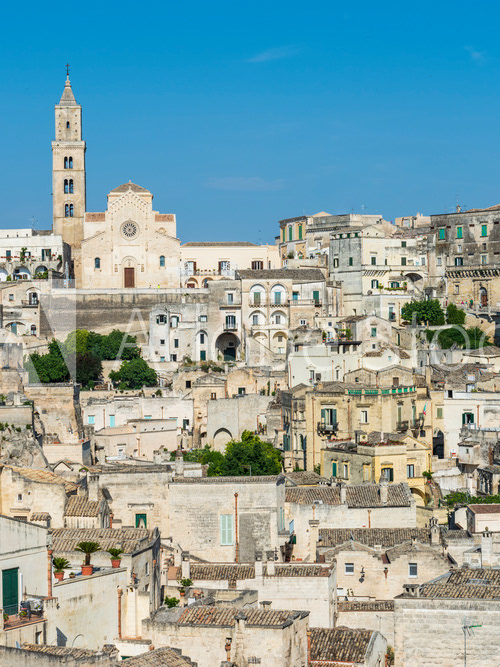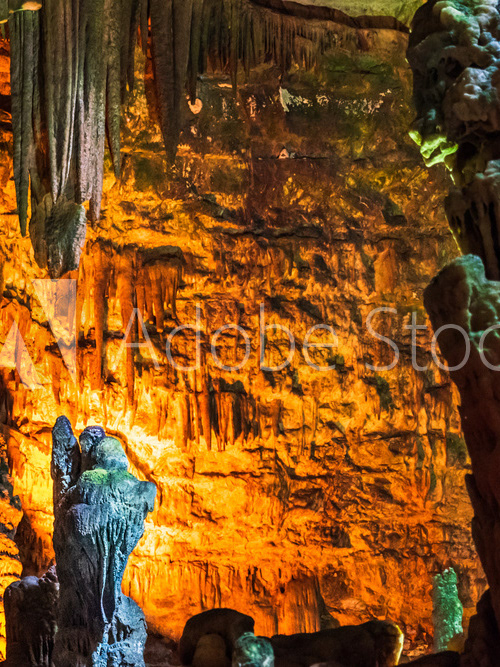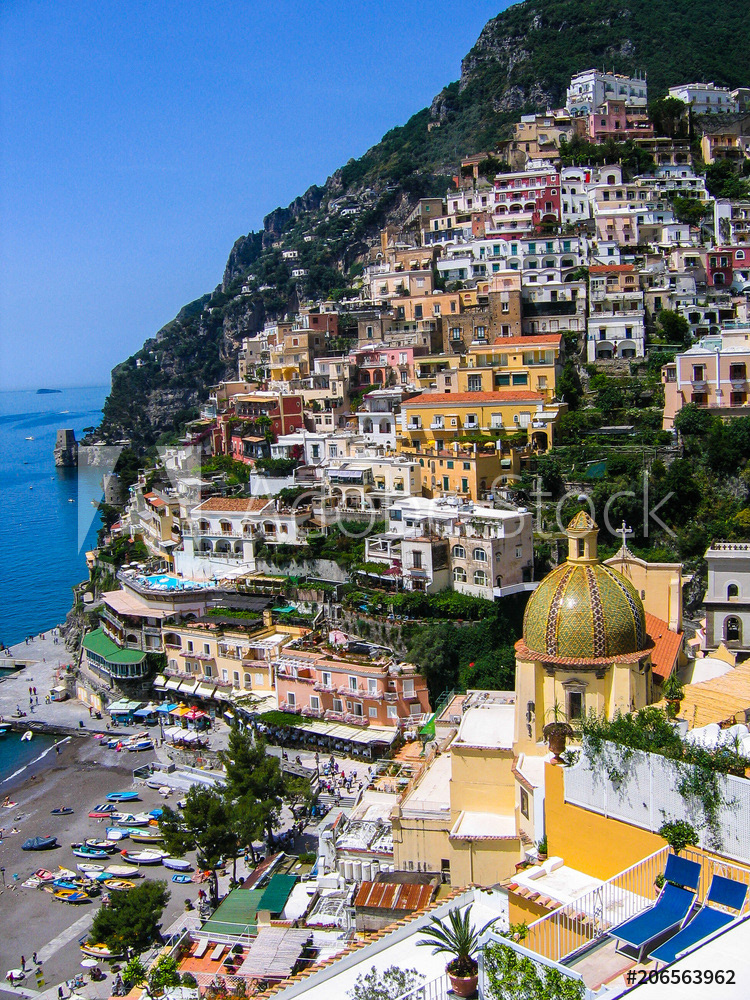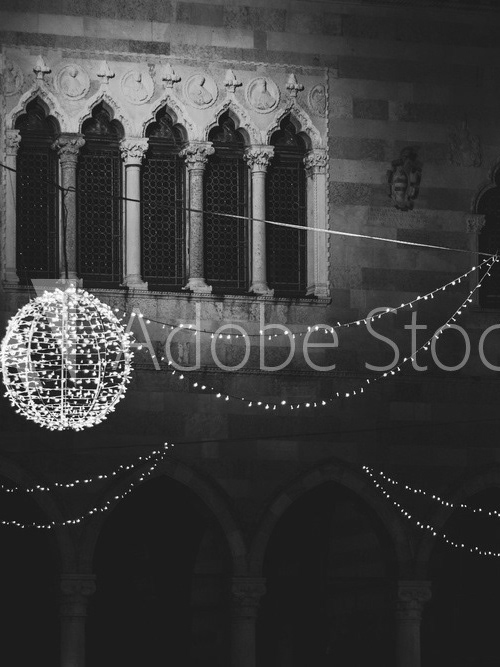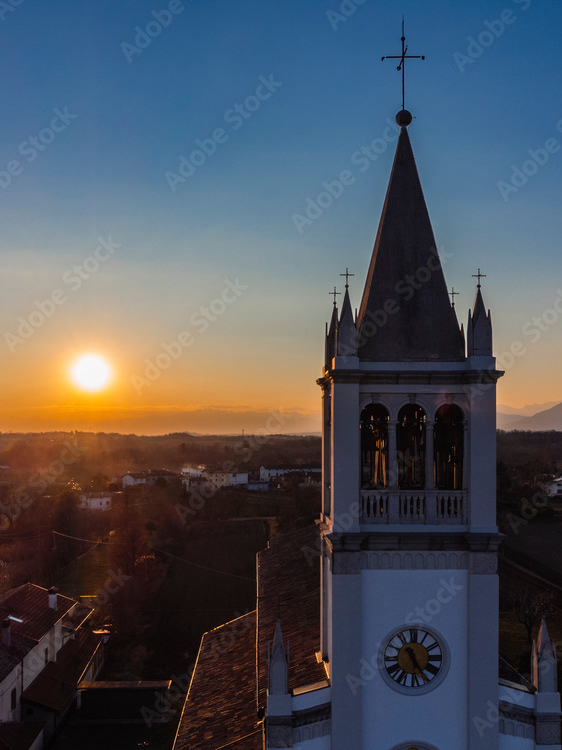The Basilica of Aquileia
The Basilica of Aquileia makes an extraordinary architectural complex. The church today is essentially the result of the architectural works promoted by bishop (patriarch) Poppo (1019- 1042), who consecrated it in 1031. However, its origins go back to the second decade of the 4th century. By the end of the same century, under the rule of bishop Chromatius, the edifice had grown into the current dimensions, except for the transept and apse with the underground crypt. A remarkable construction step comes in the early 9th century, under Patriarch Maxentius, who added a porch (originally on two floors) to connect the basilica with the Pagans’ Church, as well as the two jutting portions of the transept, and the apse. The reorganization promoted by Poppo in the 11th century included the refurbishing of the façade with a central mullioned window, and the fresco decoration of the apse. The two sets of 10 columns were provided with new capitals and a 73 m-high campanile was erected. Further works were carried out after an earthquake in 1348. In 1909 the floor of Poppo’s times was excavated up to the sanctuary portion to bring to light a mosaic floor belonging to the church erected during the rule of emperor Constantine, which was lying about one metre below.


















